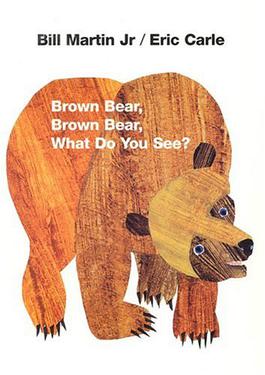Hey guys, it's Laura,
Here are the books I read for this post
WE LOVE BEARS
The picture book ‘We Love Bears’ by Catherine and Laurence
Antholt is a story about two children on a trip through Teddy Town with their
teddy bear. This book is great for young children because the storyline is
simple but the text incudes many sight words. Every line in the book rhymes so
it gives a great pace to the book. The large and bright images convey what the
text is saying well and the descriptions of every place the characters go to is
thorough. This text is written in third person and includes speech for the
characters. I think that rhyming the lines is a great idea because if children
are having trouble reading along they may be able to predict what the second
line of the text is. The pictures will also help struggling children because
they are very connected to the text. They will be able to use the pictures as a
guide to what the text is saying.
This would be a great book in a classroom for introducing
poetry. Giving children examples benefits them because they are actually seeing
it instead of being told about it. It would also be great for teaching the
sounds of certain words. It is interesting to see the amount of words that
sound very similar, with just a few letters different, while they mean
different things.
NIPPER MCFEE
This week I read the picture book ‘Nipper McFee – In Trouble
with Great Aunt Twitter’ by Rose Impey and Melanie Williamson. This book is a
part of a series where the main character, Nipper McFee, get’s himself into
different situations and tries to get out of them. Nipper is a scruffy, young
cat and the other characters in the story are either cats, dogs or rats. In
this story Nipper accidently runs into his great aunt Twitter and she punishes
him in different ways. Instead of dealing with the punishment, he tries
everything he can think of to get out of it. Along the way, Nipper’s enemies,
the basement rats try to sabotage his attempts and he must overcome them as
well.
I believe for such a short story there were a lot of
characters but they were introduced and described well. The book also uses a
lot of comparison and repetition, which I found great because it gave the book
a good flow. It would also be easier for children to read because the
repetition makes them more familiar with the words used and the comparison gives
children images in their head to relate to what Nipper is thinking or feeling.
The pictures in this book completely rely on the text. They
are so interrelated that if the text were not present, the story would not make
sense. One of the aspects that I found most interesting was that the authors
implicated words in the text that were humorous and entertaining because they
started with cat.
'Mr Miaowser asked, “Who is that cat-erwauling?"'
'The rats were waiting for him outside, with cat-apults and
peashooters!'
'It was a cat-astrophe for Nipper!'
These quirky little add-ins were great because they further
immersed the reader into a world with talking cats, dogs and rats.
That's it for me this time!
Laura
 This week I am writing about another one of my author study books by
Paul Jennings. The books is a short story called Smart Ice Cream and it is found in the larger book Unreal!
This week I am writing about another one of my author study books by
Paul Jennings. The books is a short story called Smart Ice Cream and it is found in the larger book Unreal!














